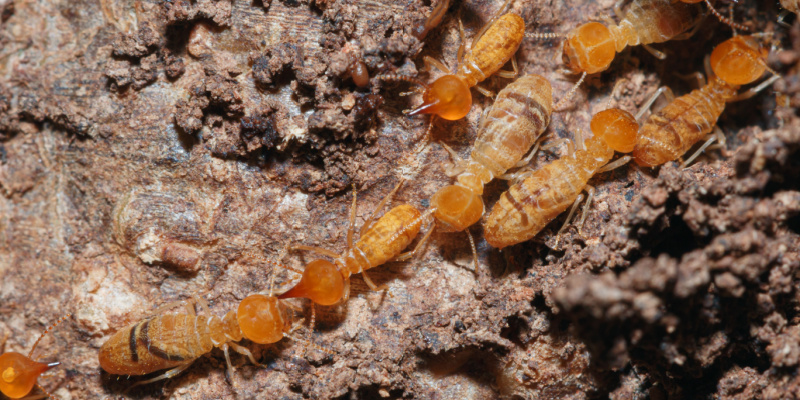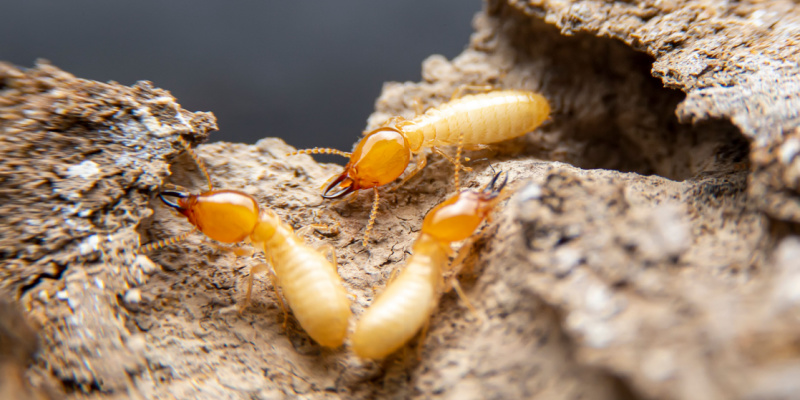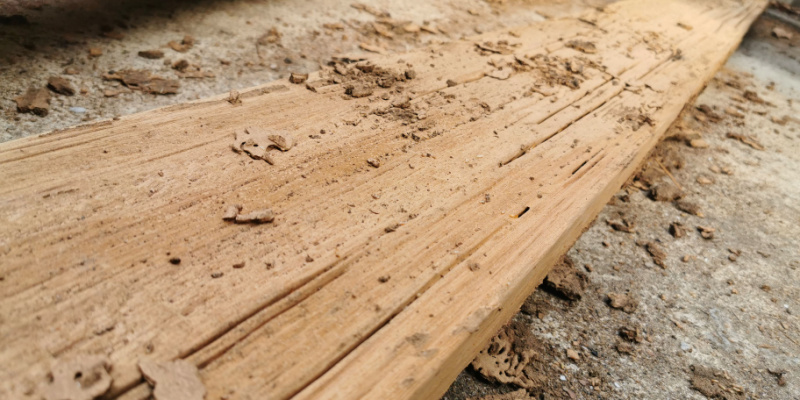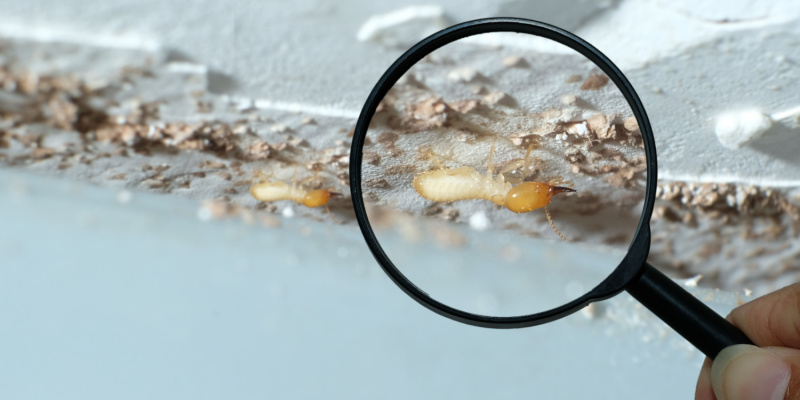The thought of a termite infestation can cause serious stress for Upland homeowners. The damage an undiscovered termite colony can do to your home is devastating. Termite colonies average in size from about 5,000 to 2 million termites depending on the species. Every last one of those termites is hungry, and if they are in your home, your house is on the menu. Though termites stay out of sight and quietly eat the cellulose out of the wood in your house, there are ways for you to prevent this hidden threat from literally eating you out of house and home.
Protect your home from the outside
Unless you have an easy entry point for termites to fly in, termites can not simply waltz into your home. They have to find a way in and many times they try to come in through the foundation. Keeping a close eye on your foundation whether slab or on piers, is an excellent way to keep your Upland home safe.
Termites will create mud tunnels to conceal themselves as they get close to your foundation and look for small cracks or holes to enter your home.
Be sure that mulch in your flower beds or even the soil do not come up above your foundation line. In general, it is a good idea to not let anything directly touch your foundation. Termites can infest mulch and if the mulch is up against your foundation, termites have food and time to find the best place for entry into your house.
Prevent water from attracting termites inside your home
If termites have chosen your home to be their home, they have found an efficient amount of food in the wood in your walls and a water source to sustain their colony if they are Subterranean termites.
If you have small water leaks in your home, fixing these issues immediately will keep your home from looking like the perfect place for termites to live.
Roof damage during winter months can cause just enough water to come in to quench the thirst of a colony of termites. Be sure to check for any outside damage that may let water into the home.
Termite inspections
To make sure termites are not eating your home from the inside out, set up a regular termite inspection. You can do your best to keep your foundation clear of debris and your home water tight, but having trained eyes to look for evidence of termites and knowing what to do when they find them is the best way to protect your home.
A termite inspector is the best line of defense against termites. Having a trained, experienced Upland technician inspecting your property at least once a year will keep termites out of your home or will stop their infestation early, to prevent your home from being destroyed by termites.
In Upland, CA, give Bug Baron Exterminator a call today.






